20 Interesting Facts about Vietnam
If you’ve ever thought about Vietnam as just a small Southeast Asian country, then you’re going to be surprised at the depth of culture and history you’ll find there.
The geography, ranging from temperate mountains to tropical savannas, and a diverse range of ethnic groups have given rise to a rich tapestry of traditions.
It’s too much to capture in one article, but here are 20 interesting facts about Vietnam to get you started.
![]() Every Vietnamese Loves Coffee and Pho
Every Vietnamese Loves Coffee and Pho
![]() Vietnamese Are Buried Twice When They Die
Vietnamese Are Buried Twice When They Die
![]() Ho Chi Minh’s Body is on Display in Vietnam
Ho Chi Minh’s Body is on Display in Vietnam
![]() Many Vietnamese Girls Wear Traditional Vietnamese Dress-Ao Dai
Many Vietnamese Girls Wear Traditional Vietnamese Dress-Ao Dai
![]() Vietnamese Buildings Are Extraordinary Thin and Long
Vietnamese Buildings Are Extraordinary Thin and Long
![]() Ancient Vietnamese Temples Feature Chinese Script
Ancient Vietnamese Temples Feature Chinese Script
![]() Vietnam Architectural Style Is Highly Influenced by the French
Vietnam Architectural Style Is Highly Influenced by the French
![]() Motorcycles Dominate the Streets of Vietnam
Motorcycles Dominate the Streets of Vietnam
![]() Vietnam Has 8 UNESCO World Heritage Sites
Vietnam Has 8 UNESCO World Heritage Sites
![]() Vietnam is Home to the World’s Largest Caves
Vietnam is Home to the World’s Largest Caves
![]() Water Puppetry is a Unique Vietnamese Art Form
Water Puppetry is a Unique Vietnamese Art Form
![]() The Tortoise Is Considered to be a Lucky Symbol in Vietnam
The Tortoise Is Considered to be a Lucky Symbol in Vietnam
![]() Red Is the Vietnamese Lucky Color
Red Is the Vietnamese Lucky Color
![]() Snake Wine is a Popular Drink in Vietnam
Snake Wine is a Popular Drink in Vietnam
![]() Lizard Fishing Is One of the Favorite Activities in Vietnam
Lizard Fishing Is One of the Favorite Activities in Vietnam
![]() Floating Market Is a Way of Life in the Mekong River Delta
Floating Market Is a Way of Life in the Mekong River Delta
![]() The Mekong Delta is Vietnam's Rice Bowl
The Mekong Delta is Vietnam's Rice Bowl
![]() Vietnam is Home to Over 54 Ethnic Groups
Vietnam is Home to Over 54 Ethnic Groups
![]() Vietnam's National Flower is the Lotus
Vietnam's National Flower is the Lotus
Every Vietnamese Loves Coffee and Pho
Pho is practically synonymous with Vietnamese food. The aromatic noodle soup is the national dish of the country and is popular around the world.
You can find different takes on Pho with combinations of herbs and meat. It’s a common breakfast food that can be enjoyed anytime, especially on a Vietnam food tour at restaurants and street food stalls.
Vietnamese people are also very serious about their coffee. Local coffee brands still dominate the market, with the classic strong, dark coffee that is loved best and interesting new drinks like egg coffee.
Vietnam is the second-largest coffee producer in the world, with award-winning roasts. You can find trendy cafes in every city serving unique local blends.
Vietnamese Are Buried Twice When They Die
Ancestor worship is deeply ingrained in Vietnamese culture and has led to unique funeral customs. When a Vietnamese person passes away, there is an initial burial. This is followed by a mourning period when family members abstain from certain activities for up to 100 days. Then, rituals are performed on the 49th and 100th days to help the soul’s progress.
The reburial usually takes place three years after the person’s passing. In this ancient custom, the body is exhumed, the bones are cleaned, and then wrapped in silk and buried again together with offerings. It is a very sacred ritual and takes place on or before the Lunar New Year, Tet.

Funerals in Vietnam.
Ho Chi Minh’s Body is on Display in Vietnam
Ho Chi Minh is the beloved revolutionary leader who was a key figure in Vietnam’s independence. He is considered one of the most influential people of the 20th century and fondly remembered in Vietnam as Uncle Ho. After his death in 1969, his body was embalmed and preserved in the President Ho Chi Minh Mausoleum.
The mausoleum is a popular attraction in Hanoi, receiving over 15,000 visitors each week. His body lies in a glass case, protected by a military honor guard.
The cool marble-lined chamber is a somber memorial to the man who dedicated his life to seeing an independent Vietnam.

President Ho Chi Minh Mausoleum.
Many Vietnamese Girls Wear Traditional Vietnamese Dress-Ao Dai
Elegance never goes out of style, and the Vietnamese traditional dress Ao Dai has been the standard since the 18th century. The modern Ao Dai is a long split tunic worn over silk trousers. It’s tightly fitted around the upper body and flows outwards around the legs.
Ao Dai serve as formal wear for weddings, company uniforms, or are worn whenever traditional beauty is desired.
Hue is known for its Ao Dai, as is Luong Van Can Street in Hanoi. “Miss Ao Dai” pageants are popular in Vietnam and among overseas Vietnamese. It’s also one of the few Vietnamese words that appears in English-language dictionaries.

Traditional Vietnamese Dress-Ao Dai.
Vietnamese Buildings Are Extraordinary Thin and Long
The long, thin buildings known as ‘Tube Houses” are a unique site in Vietnam, particularly in Hanoi. Built to be only a few meters wide, they can be up to 12 stories high.
They first appeared in Hanoi’s Old Quarter. Building space was very limited, and property taxes were based on only the width of the first floor.
Tube houses allowed people to create larger living and workspaces. They remain popular and are a defining feature of Vietnam’s urban architecture.
Ancient Vietnamese Temples Feature Chinese Script
Written Vietnamese has a complicated history. The Latin-based script used today traces its history to the 17th century, but Chinese script was introduced in the 1st century BCE.
It was the language of literature, government papers, scholarly works, and religious scripture. The classical Chinese writing still appears on ancient temples.
It’s not easy to read, even for Chinese speakers. From the 12th century onwards, variants of characters were used to represent Vietnamese words, and Vietnamese-invented characters started to appear. The writing stands today as a symbol of the long relationship between Vietnam and China.

Vietnamese temple with Chinese characters.
Vietnam Architectural Style Is Highly Influenced by the French
Vietnam’s freedom from French colonial rule was hard won after decades of war, but the French influence on architecture remains.
French rule in Vietnam began in the 1800’s. Grand colonial buildings were constructed as part of colonial administration. Many of these buildings remain today, such as the Presidential Palace in Hanoi, the Central Post Office in Ho Chi Minh City, and the Bishop’s House of Kontum.

The Central Post Office in Ho Chi Minh City.
Some of the best examples of French architecture are preserved as tourist attractions, other, like Ben Tanh Market in Ho Chi Minh City are a blend of French and Vietnamese styles.
Vietnamese architects continue to look both to the past and the future for inspiration. Today, you can see interesting modern fusions of architectural styles in places like the Hang Nga Guesthouse, also known as the Crazy House.
Motorcycles Dominate the Streets of Vietnam
Traffic in Vietnam can be a little chaotic, and motorcycles are both the solution to and part of the cause of the problem. With over 70 million registered motorcycles across the country, these small vehicles are an affordable and convenient mode of Vietnam transportation.
Small vehicles are an affordable and convenient mode of transportation in Vietnam’s cities. Drivers use them to navigate congested roads and the small alleyways in places like Hanoi’s Old Quarter.
It can make crossing the street an exciting challenge, with motorcycles approaching from almost every direction. They also are a great way of exploring the countryside, driving through the beautiful scenery on open roads.

Motorcycles dominate the streets of Vietnam.
Vietnam Has 8 UNESCO World Heritage Sites
There’s no bigger testament to Vietnam’s rich cultural heritage and natural beauty than the high number of UNESCO World Heritage Sites. All eight are worth visiting, with unique sites and stories to experience.
- Halong Bay: Known for its towering limestone karsts and emerald waters, it’s Vietnam’s premiere natural wonder, best experienced on a Halong Bay cruise.
- Hue Imperial City and Historic Citadel: Preserves the grand history of the Nguyen Emperors.
- Hoi An Ancient Town: A charming and well-preserved example of an international trading port with a distinct blend of influences.
- My Son Sanctuary: The sites of the remains of the ancient Champa Kingdom and its fusion of indigenous and Indian Hindu influences.
- Phong Nha-Ke Bang National Park: A park with an extensive cave system and limestone landscapes.
- Central Sector of the Imperial Citadel of Thang Long: A complex of historic buildings, including the Thang Long Citadel, has been the political center of Vietnam for centuries.
- Trang An Landscape Complex: Also known as “Halong Bay on Land,” Trang An is a scenic paradise of mountains, valleys, rivers, and ancient Temples.
- Citadel of the Ho Dynasty: Built in the 14th century, the stone fortress was the western capital of the Ho Dynasty.
Vietnam is Home to the World’s Largest Caves
Son Doong Cave in Phong Nha Ke Bang National Park is the largest cave in the world. Measuring 200 meters high, 150 meters wide, and 9 km long, it’s big enough that a 40-story building can fit inside.
The cave is so big that it has its own climate and ecosystem. Exploring inside, you can find massive stalactites over 80 meters tall. Parts of the cave remain unexplored, making it a true adventure destination for those who want to plan Vietnam cave tours.

Son Doong Cave in Phong Nha Ke Bang National Park.
Water Puppetry is a Unique Vietnamese Art Form
Water puppetry is a traditional Vietnamese art form with a history going back 1,000 years. The shows use lacquered wood puppets brought to life by skilled puppeteers.
They perform hidden behind a screen in a waist-deep pool. Stories depict folklore and legends from Vietnamese history. It originated as a way for rice farmers to entertain each other during the flooding season.
Today, it’s performed all over Vietnam in special theatres with water stages. Popular venues include the Thang Long Water Puppet Theatre in Hanoi and the Golden Dragon Water Puppet Theater in Ho Chi Minh City.

Water puppetry is a traditional Vietnamese.
The Tortoise Is Considered to be a Lucky Symbol in Vietnam
Tortoises are sacred creatures in Vietnamese culture, rooted in the legend of the Hoan Kiem turtle. As a symbol, they represent longevity, wisdom, and good fortune. You will see statues and depictions of tortoises as guardians in temples and pagodas around the country.
In an ancient legend, Emperor Le Loi was returning a magic sword he used to defeat invaders. As he was boating on Hoan Kiem Lake, a golden turtle emerged and took the sword back to its divine owners. Since then, turtles have been a revered symbol.
Red Is the Vietnamese Lucky Color
You’ll see the color red everywhere you go in Vietnam. It’s the main color on the national flag and the dominant color of celebrations and festivals. Red is a culturally important color symbolizing happiness, prosperity, and good fortune.
The cultural importance of red has ancient roots that continue into modern times. Vietnamese women traditionally wear a red Ao Dai at their weddings, and it’s the color of the traditional envelopes used to give money to children during Tet, the Lunar New Year.

Vietnamese girls wear red traditional dress.
Snake Wine is a Popular Drink in Vietnam
You read that right, and snake wine is exactly what it sounds like. Snake wine is an alcoholic drink made by infusing whole snakes in rice wine. Venomous snakes are preferred, and the high alcohol content makes the venom safe to drink.
It’s believed to have health benefits and to enhance virility. The drink is very strong and usually drunk in shot glasses. You’ll find it in local markets and served during special occasions.

Vietnam snake wine.
Lizard Fishing Is One of the Favorite Activities in Vietnam
An unusual, but popular pastime in Vietnam is lizard fishing. Lizards are ubiquitous in the tropical regions of the country. Using simple tools, people catch lizards in rice fields or gardens.
The traditional way is to use a long bamboo fishing pole. Bait is dangled from the end, and just a little patience is needed, waiting for the lizards to bite.

Lizard Fishing Is pne of the favorite activities in Vietnam.
Floating Market Is a Way of Life in the Mekong River Delta
The Mekong River is the lifeblood of a large part of the country. Traditional river life has developed floating markets where vendors sell goods from one boat to another.
During a Vietnam Mekong Delta tour, you can find a wide range of fresh produce, tropical fruit, and local goods for sale in bustling market areas.
Cai Rang is the largest and most famous market. It’s about 6km from Can Tho. Ca Be in Tien Giang Province is another well-known floating market. It’s open all day and always a lively scene.

Floating Market of Vietnam.
The Mekong Delta is Vietnam's Rice Bowl
The densely populated Mekong Delta region is home to over 21 million people, but is even more important to Vietnam for its rice production. Producing 25m tonnes of rice a year, it’s known as Vietnam’s rice bowl. The rice grown helps feed the country, and accounts for over 3.3bn USD of exports a year.
Rice is a staple of the Vietnamese diet, and the local language has 10 different words for it. The Mekong Delta also grows around three-quarters of Vietnam’s fruit. It’s the best place to try exotic tropical fruits like mangosteen, mango, longan, rambutan, dragon fruit, and durian.
Vietnam is Home to Over 54 Ethnic Groups
Vietnam is ethnically diverse, with 54 groups recognized by the government. Each group has unique traditions, languages, and cultures that contribute to the tapestry of the country. The Viet, or Kinh people, are the largest group, making up 86% of the country. They are the people usually thought of as Vietnamese.
Other groups are equally a part of the country, though. The Hmong people in the north are famous for their textiles, and the Cham people in the south are known for their ancient Hindu temples.
Cultural festivals take place year-round in Vietnam, during which you can see traditional costumes, music, and dance, and try the delicacies of different ethnic groups at various Vietnam festivals.

Each group of Vietnam.
Vietnam's National Flower is the Lotus
Choosing a national flower wasn’t easy. The diverse ecology of the country has a vast range of flora. In 2010, the Lotus was voted the national flower for its beauty and place in Vietnamese culture.
The flower rises from muddy waters to bloom in the sunshine and fills the air with its fragrance. This symbolizes the spirit of the local people who have built their country out of adversity.

The Lotus is Vietnam's National Flower.
Vietnam is the Largest Exporter of Cashew Nuts
Vietnam is a major global player in agriculture, and locally grown cashew nuts are a prized commodity. Cashews from Vietnam are renowned for their quality and are consistently ranked among the best worldwide.
The cashew industry is a testament to the dedication of local farmers to growing high-quality products. It makes important contributions to the country’s economy, creating jobs and opportunities in rural areas.
Conclusion
This is just a small glimpse of the many fascinating things you can discover during Vietnam tours. In-depth tours of the different regions in the country are a rewarding experience.
Local people are proud of their rich culture and beautiful natural scenery and are happy to share it with visitors. Learn more about Vietnam first-hand with a guided tour of some of the best highlights the country has to offer.
More Related Vietnam Travel Planning Articles
Most Popular Vietnam Tour Packages
-

 7 Days Northern Vietnam Historical & Natural Tour Package
7 Days Northern Vietnam Historical & Natural Tour PackageHanoi – Sapa - Halong Bay - Ninh Binh - Hanoi
Start in Hanoi, a city rich in history and culture. Explore the beautiful Sapa rice fields, the peaceful countryside of Ninh ...
-

 8 Days Best of Vietnam Tour Package
8 Days Best of Vietnam Tour PackageHanoi - Halong Bay - Hoi An - Saigon - Mekong Delta – Saigon
Explore Vietnam's fascinating charm on an exciting journey through its famous cities and beautiful landscapes. This carefull ...
-

 10 Days Central Vietnam Beach Relaxing & Culinary Tour
10 Days Central Vietnam Beach Relaxing & Culinary TourDa Nang - Hue - Hoi An - Nha Trang - Mui Ne - Da Lat - Da Nang
Join us for a fantastic Central Vietnam adventure! You'll visit the amazing Golden Bridge in Da Nang, explore the histor ...
-
 14 Days Highlights of Vietnam from North to South
14 Days Highlights of Vietnam from North to SouthHanoi – Sapa - Halong Bay – Hue – Hoi An – Saigon – Can Tho – Phu Quoc
Find the very best of Vietnam from North to South. From the vibrant streets of Hanoi to the terraced beauty of Sapa and Halon ...
Ask Us A Question For Free

.gif)
.jpg)













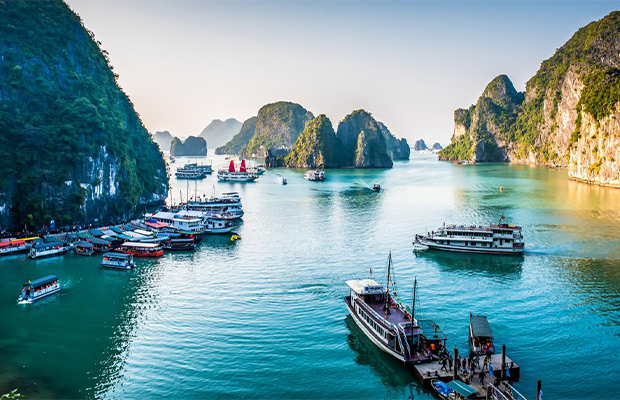
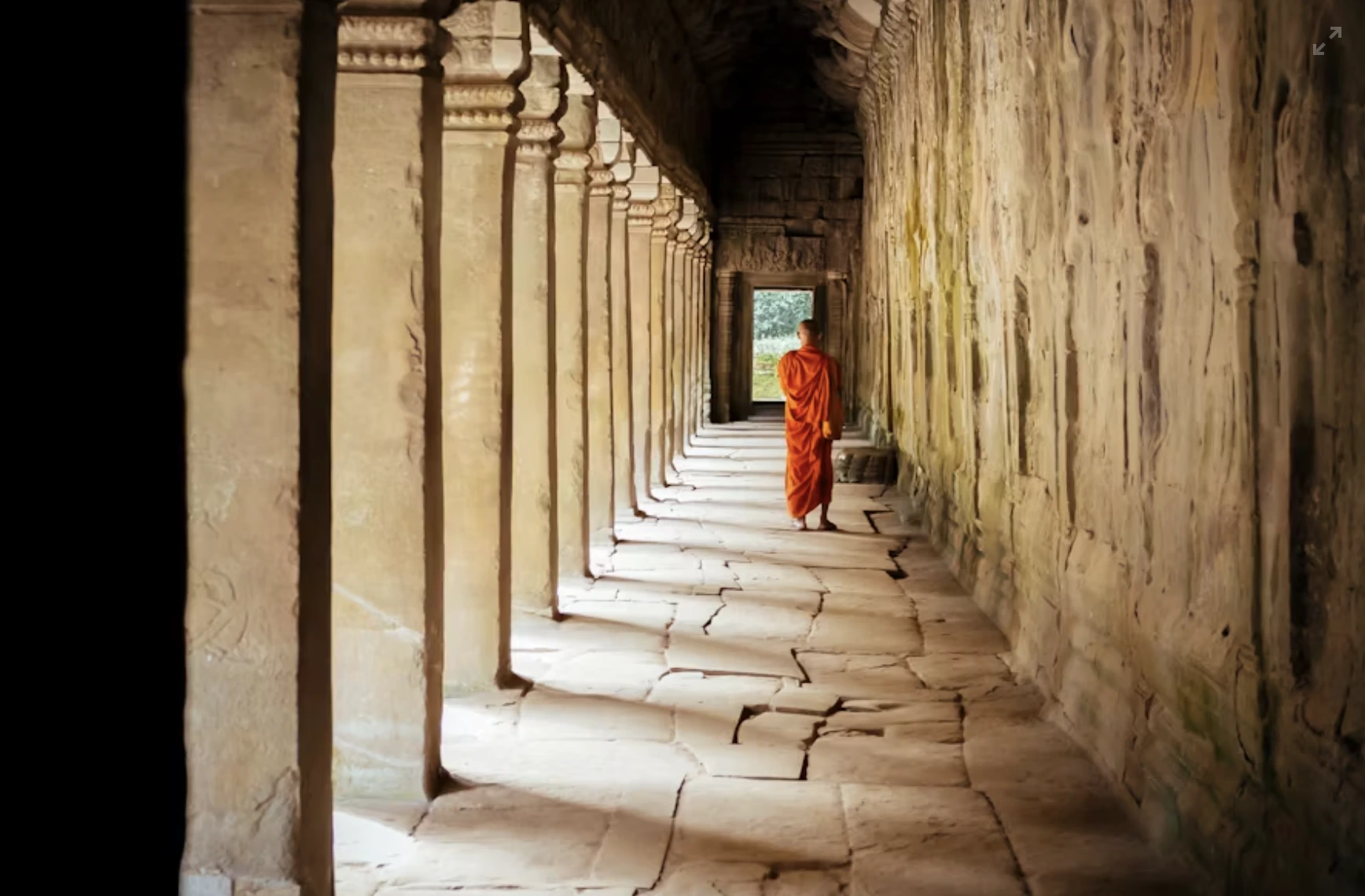
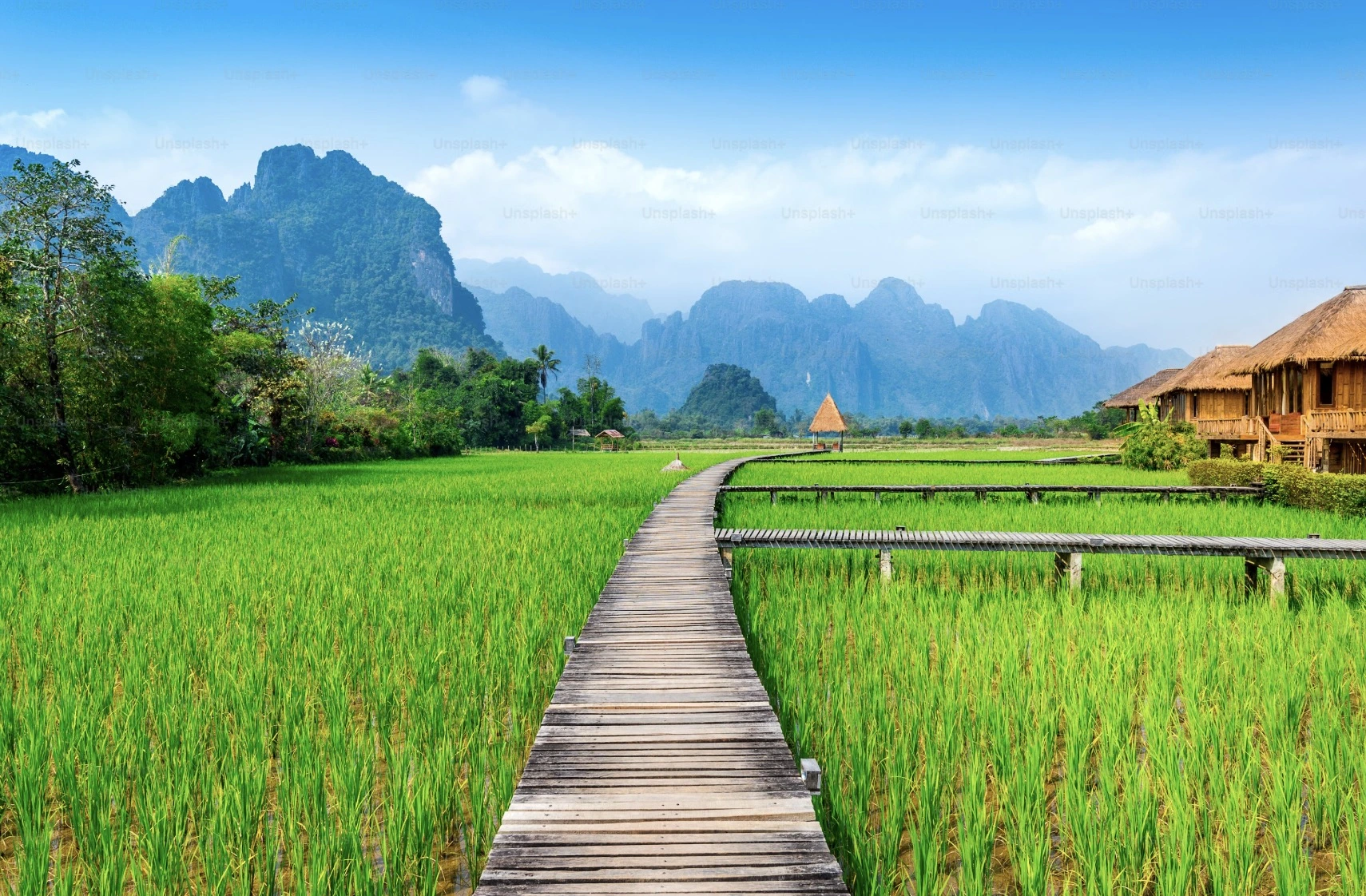
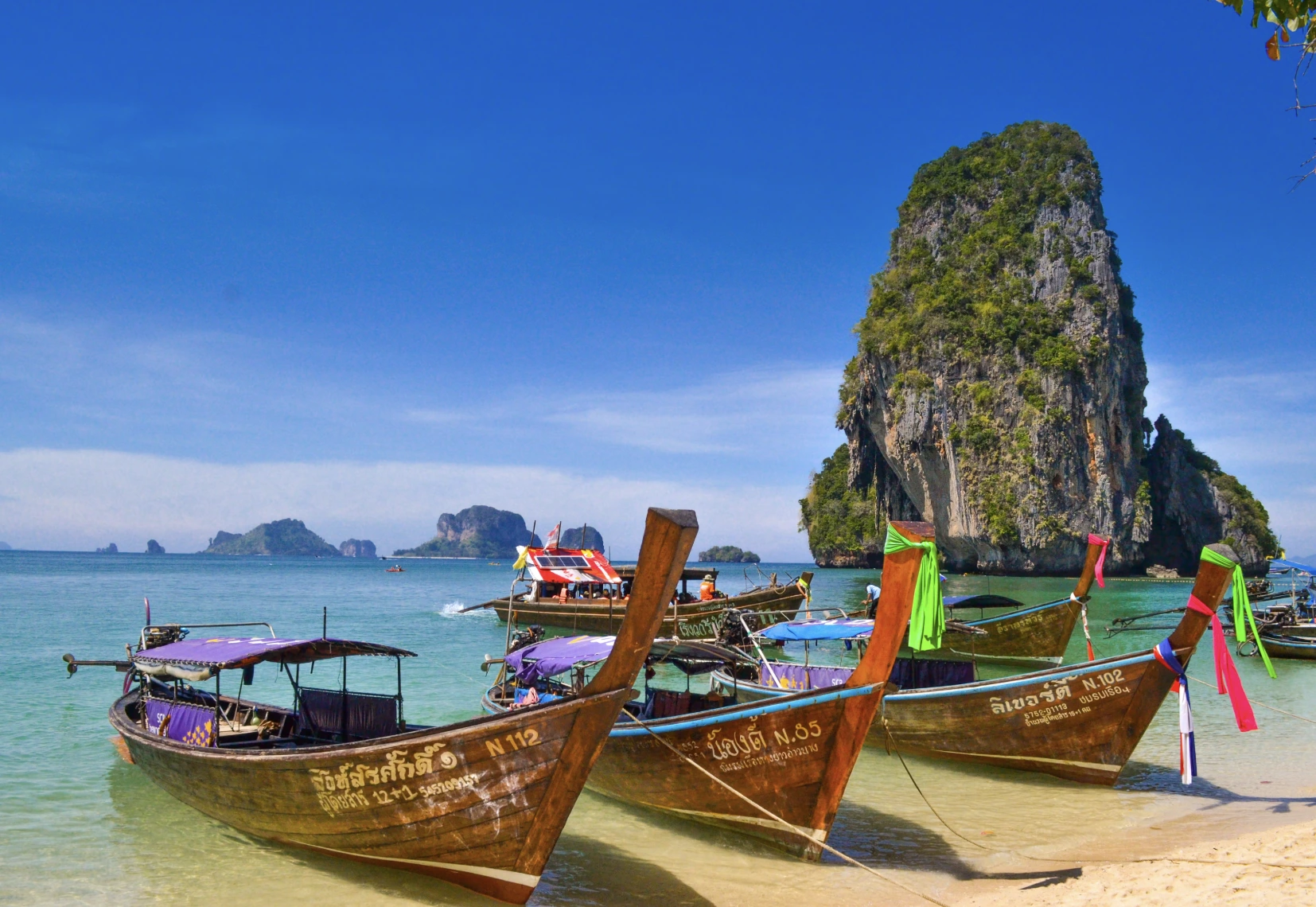
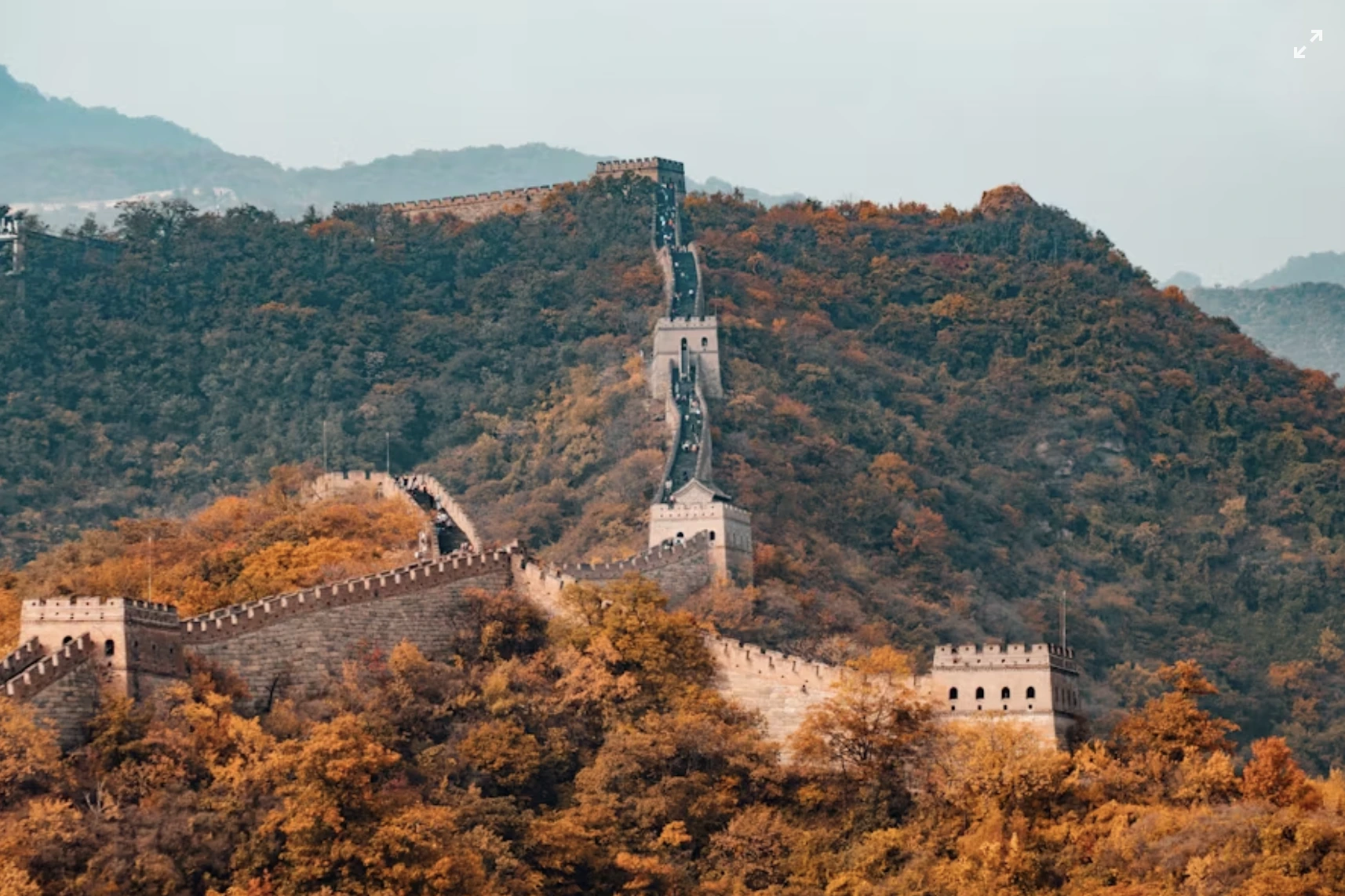


















.jpg)

